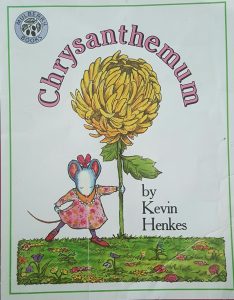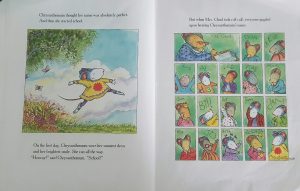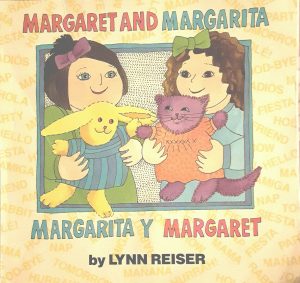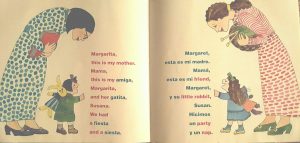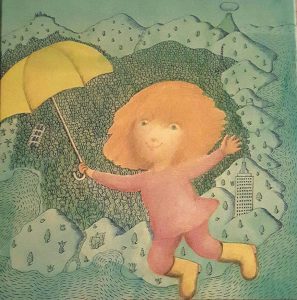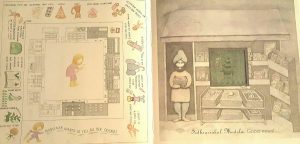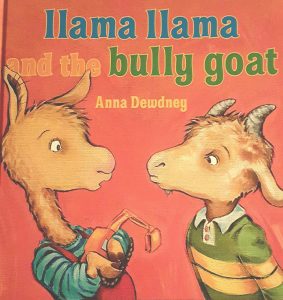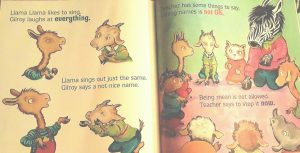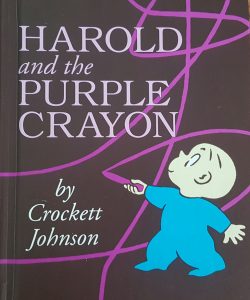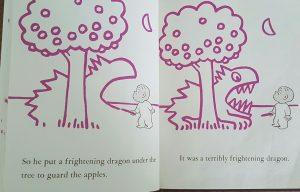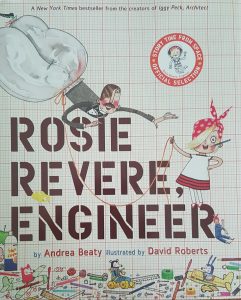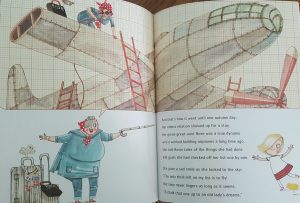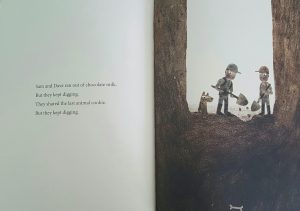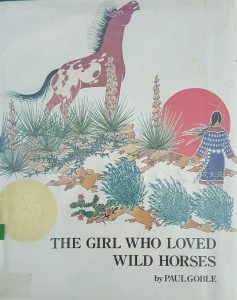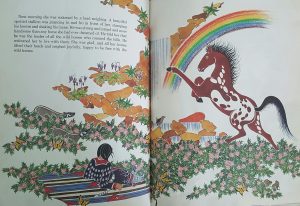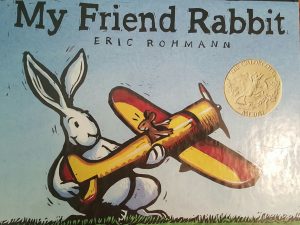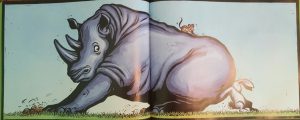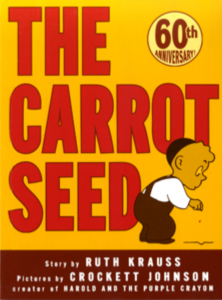
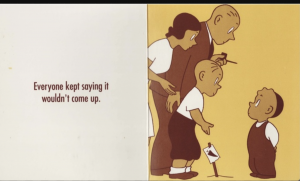
Title: The Carrot Seed
Author: Ruth Krauss
Illustrator: Crockett Johnson
Publishers and Year: Scholastic, 1945
Number of pages: 65
Genre: Fiction
The Carrot Seed tells the story of one little boy with determination to grow a carrot. After planting a small carrot seed, the boy is told over and over that it won’t come up. Nevertheless, he weeds and waters his seed daily. Eventually a carrot grows “just as he knew it would.”
This book serves as a mirror and a door for its audience. Each person has goals, dreams, and/or vision for their life, whether big or small. Many times people face obstacles that tell them it isn’t possible or it won’t work out. Sometimes other people even speak into dreams, like the boy’s parents, to give their opinion of how much it won’t work out. This is reflected in the story. However, this book acts as a door because it reveals to the reader what is possible if they continue to believe in themselves. The young boy in this story is not swayed by other people’s lack of belief in his vision of the carrot. He remains steadfast on his goal because he believes. He is proactive to water his seed daily and uproot any weeds that try to choke it out. In a similar fashion, the reader is empowered to believe in themselves and take practical steps to protect their vision. In the end, the carrot is so big that it requires a wheelbarrow to be carried away. That is not insignificant.
The illustrations in this book are as powerful as the words. Initially they don’t seem important in the fact that they simply mirror the emotions and actions displayed in the text. However, towards the end the illustrations are vital in helping the reader to realize the benefits of believing in themselves. Without the illustrations, one might assume that a normal sized carrot was grown. However, the reader is impacted in a much greater way as they see the magnitude of the carrot the young boy grew. In addition to this, the illustrations are drawn on a bright yellow background. This symbolizes the hope that the boy displayed despite the constant criticism and disbelief of those around him. Overall, this underlying theme of hope is an important reminder for readers. The readers are taught through this story to believe in themselves against all odds and to continue working towards their dreams, even if it seems impossible.

